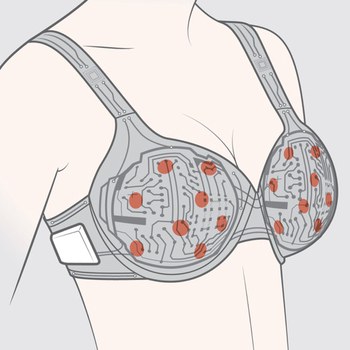Contact Name: Prof. Alessandra Costanzo
Contact Phone: + 39 051 209 3059
About the speaker
Prof. Milica Popović received her PhD at Northwestern University (EE, 2001). Since 2001, she has been with the Department of Electrical and Computer Engineering at McGill University, where she currently holds associate professorship. She teaches courses on electromagnetic fields and waves, and antennas and propagation. Her research revolves, in large part, around biomedical applications of electromagnetic theory. In particular, she and her team are striving to develop a novel breast tissue monitor based on low-power microwave emissions. The goal of this exciting work is to provide an affordable, safe and comfortable tool, which can complement current technologies used for breast cancer detection. Prof. Popović’s other interests include: antenna design for wearable devices, microwave tissue properties and high-field MRI. Prof. Popović is a Fellow of the World Innovation Foundation, a Senior Member of the IEEE and a member of the Professional Engineers of Ontario. She presently serves as the Chair of IEEE Women in Engineering – Montreal Chapter.
Abstract
Breast cancer is one of the deadliest illnesses for women today. The goal of the research presented in this talk, conducted at McGill University in Montreal, Canada, is to develop a low-power RF wearable device, which can screen breast tissues monthly. With such frequent monitoring, it may be possible to detect potentially harmful tissue changes, i.e., earlystage tumors. The method relies on the reported inherent differences (in the electromagnetic sense) between the tumorous and healthy tissues at microwave (RF) frequencies. Since the underlying physical principle of this approach differs from those of the currently used methods in medical practice (X-ray mammography, MRI, ultrasound), its aim is to complement these techniques by compensating for their deficiencies. We will discuss the exciting potential of this promising new technique and the challenges of its practical implementation. We will look at the relevant antenna design, supporting electronics and signal-processing solutions to our time-domain radar approach.
